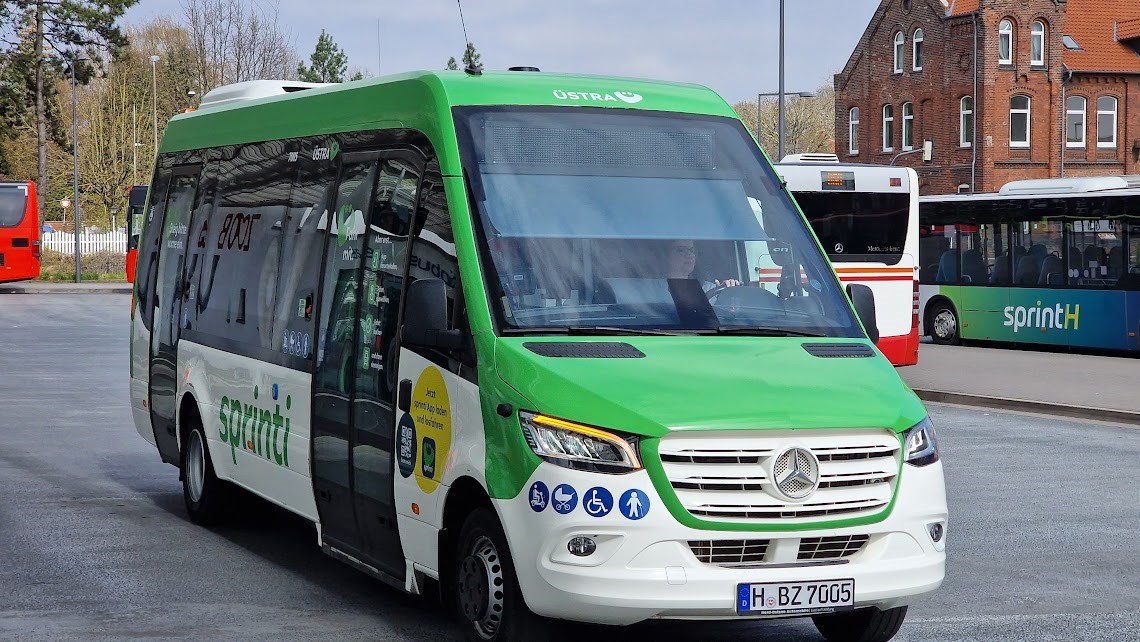
On-Demand Public Transport in Practice
Researchers from Malmö University, Lund University, and VTI, together with officials from Svensk Kollektivtrafik, Skånetrafiken, Västtrafik, and SL, visited Hanover and Hamburg to study practical implementations of on-demand public transport solutions.
In Hanover, a service called Sprinti has been launched. Operated by the public transport authority Üstra and delivered by the contracted provider Via, Sprinti comprises a fleet of 120 vehicles. The service is available to all passengers, provided that no alternative public transport option is accessible for the requested journey.
“Our visit to Hanover demonstrated that it is indeed possible to scale up this type of service and integrate it into standard digital journey planners,” says Jan Persson from Malmö University, who leads K2’s Policy Lab for On-Demand Public Transport.
In Hamburg, the delegation tested vehicles operated by Moia, a commercial on-demand transport initiative. Moia operates a fleet of over 500 vehicles, some of which are equipped with wheelchair lifts and other accessibility features to accommodate passengers with special needs. The service is available to both paratransit-eligible passengers and the general public. Moia is partially funded by Volkswagen as part of a development project aimed at introducing autonomous vehicles. For passengers, the cost of a Moia journey falls between that of a bus and a taxi, and assumes a willingness to share the ride with others.
“What’s particularly interesting about Moia is how the service integrates passengers with special needs alongside the general public,” says Jan Persson.
“By undertaking this kind of study visit together—researchers and public transport officials—we gain a deeper understanding of both the opportunities and challenges associated with on-demand public transport,” he continues.
Several pilot projects are currently ongoing in Sweden to test and develop on-demand public transport services. Skånetrafiken is running the Skåneflexen project between Sjöbo and Tomelilla, and Västtrafik is launching a second version of a similar service initiative, bus on demand, in the municipality of Mark this spring.
“The projects currently underway in Sweden are still relatively small in scale, but they can provide valuable insights into, for example, how on-demand public transport can be integrated with other services in a digital journey planner,” Jan Persson concludes.
